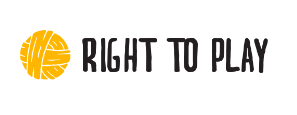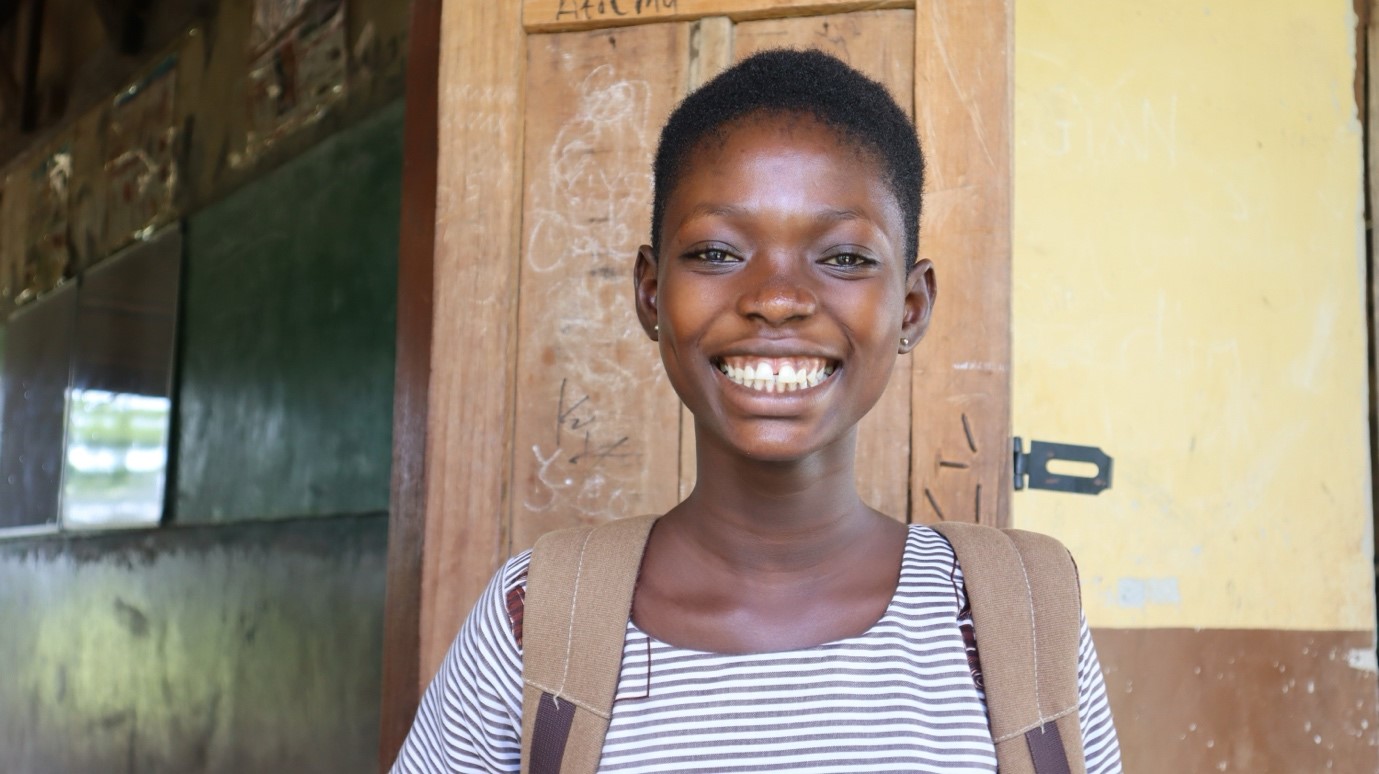Alliance for Change: Supporting Caregivers and Helping Children Thrive
What is the main objective of the project?
Despite recent progress, child labour remains widespread in the cocoa communities of West Africa. Child labour can cause far-reaching harm during childhood and adulthood: impaired cognitive functions, poor academic achievement, lower-paid occupations, and poor health status. These negative effects can be passed down to the next generation, leading to ongoing poverty and child labour.
The project aims to address the root causes of child labour. It wants to improve children’s development outcomes by reducing their exposure to harmful work and promoting protective factors in the child’s environment. This project in the Ashanti Region in Ghana aims to strengthen adults' skills and abilities to drive change in their community, while also encouraging children to participate.
How will the project contribute to sustainable cocoa production?
Child labour is a major human rights and sustainability issue in the cocoa supply chain and beyond. The project’s community-driven innovation seeks significant and long-lasting changes for children at home and in their communities. It builds on universal protective factors and basic community structures, such as primary schools, which have a positive impact regardless of the country or sector. This makes it adaptable to other supply chains, sectors, and regions. Since it relies on non-material support, the costs for replication significantly decrease after the initial investment in training.
To allow replication and scale-up of the project, ICI will publish training materials for teachers and parents, as well as monitoring tools and results of an impact study on ICI’s Knowledge Hub.

« The project’s distinctive approach consists of driving for change by focusing on positive messages and outcomes, not only the negative “prohibitive” messaging about child labour. It aims to make change possible by supporting adults in replacing harmful behaviour with new skills to support children’s healthy development. »
What steps are taken during the project?
Teachers are trained in positive discipline, addressing gender stereotypes, communicating the benefits of reducing child labour on children’s learning and future opportunities, building alliances with parents to drive change, and using a tool to measure children’s time use. Caregivers of children aged 0-10 also receive training on parenting skills. Both teachers and caregivers are supported to organise quarterly teacher-parent meetings within the community to track progress and sustain collective motivation.
Teachers assess pupils' time use across various activities, including work, every quarter. Communities that show the most significant improvement in children’s learning outcomes by the end of the year are awarded prizes. The International Cocoa Initiative conducts an impact assessment of the project, evaluating the behaviour of teachers and caregivers and the effects on child wellbeing, learning outcomes, and child labour.
How the results are shared with relevant stakeholders
The direct beneficiaries—teachers, parents, and children—will drive change in this project through community-led efforts to improve children’s futures. Teachers will be financially compensated for their leadership role. Adults will receive training on the theory of change, be equipped with the necessary skills to enable this change and be supported in taking ownership of the project’s implementation and monitoring at the community level, making decisions based on their needs.
The Ghana Education Service will play a key role in facilitating the project at the school level, supporting teacher training, and potentially replicating the project. The results and insights from the project will be shared through in-person workshops with public and private stakeholders, via online webinars, and published in a research paper.
What can be learnt from the project
The project tests a transformative, low-cost approach to addressing child labour, moving beyond material aid focused on child labour indicators (such as hazardous tasks) and informing the development of new interventions. It achieves this by focusing on the child’s environment and participation, combining prevention efforts for parents of children under five with remediation and a behavioural design that facilitates change.
The project builds on universal protective factors and basic community structures, like primary schools, and emphasises the positive, long-lasting impact that initiatives to tackle child labour can achieve. Insights from a robust impact assessment will be shared across the sector and beyond, with replication encouraged in other countries, such as Côte d’Ivoire, and in other sectors, like coffee.
Organisations involved







